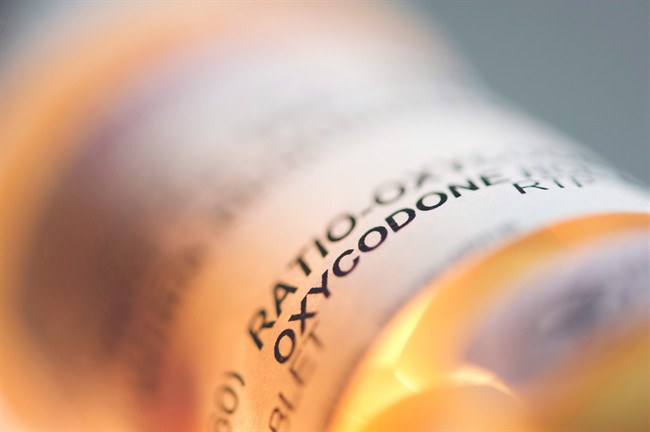An Alberta pilot program meant to help some of the toughest-to-treat opioid users will end in a year.

The Injectable Opioid Agonist Treatment grant, announced under the former NDP government, was initially supposed to end this month.
The UCP government extended the funding until March 31, 2021, to allow patients to transition to other forms of treatment, said a spokeswoman for Associate Health Minister Jason Luan.
“It was always intended as a pilot and the previous government had not identified a transition plan for these patients after the two-year mark,” said Kassandra Kitz in a statement on Monday.
“Patients will be transitioned to the health services that are most appropriate for their needs, determined by medical professionals. There are over 20 specialty clinics/programs in Alberta that provide opioid replacement therapy, along with the range of other publicly funded addiction treatment supports offered across Alberta.”
The program is geared toward opioid users for whom no other treatments have worked. It involves injecting hydromorphone two to three times a day and visiting with doctors, nurses, social workers and peer supports.
“It’s for mainly the really hard-to-get patients and the really hard-to-treat patients,” Monty Ghosh, an addiction specialist who works in the program said.

There are about 50 patients going through the program in each of Calgary and Edmonton.
“These clients typically don’t see health-care professionals at all. They’re usually on the street. They only go to the emergency departments, for example, when they’re really, really sick,” Ghosh said.
“But this provides an opportunity to get to know them. Building those relationships requires a lot of staff and makes the program quite expensive to run at approximately $30,000 to $50,000 annually per patient.”
Ghosh said there are lower-cost alternatives, such as dispensing hydromorphone at pharmacies or through supervised consumption services.
“Can it be achieved with other formats? Potentially, but maybe less likely,” Ghosh said.
“So my hope is that the government, understanding that they have fiscal responsibilities, can look at other options that are available, even though they may not be as robust as this, to help with these very vulnerable clients.”
Ghosh said he’s seen his patients benefit in a number of ways thanks to daily interaction with their care team. Those include fewer legal issues, improved overall health, transitions into stable housing and better employment rates.
“There’s a lot of other benefits to this program than just the addiction piece,” he said.
“Their whole quality of life improves.”





Comments